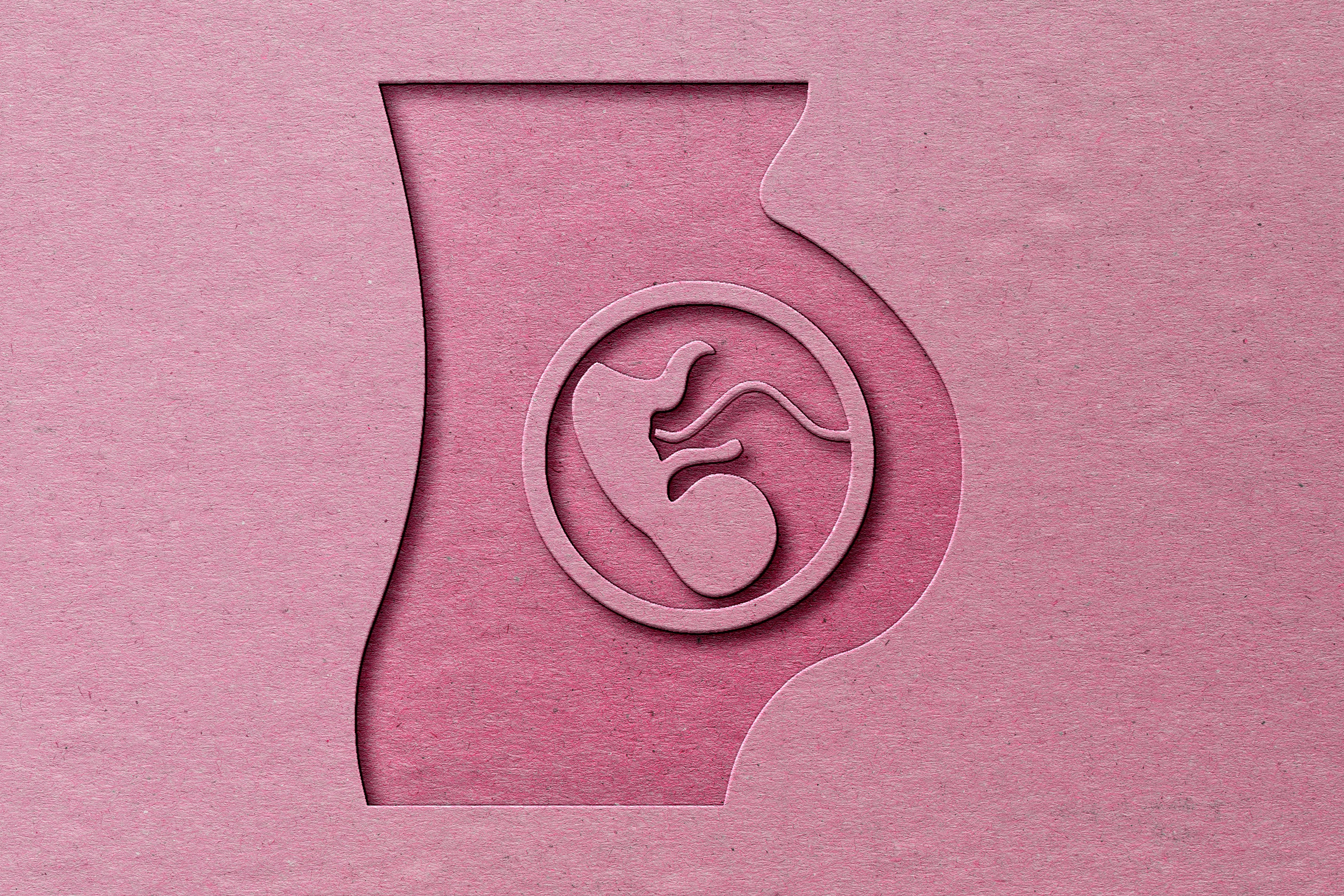
In science fiction, the artificial womb often signals a grim departure from good ol’ Mother Nature. Think the pods in The Matrix, axolotl tanks in Frank Herbet’s Dune, and the hatcheries in Aldous Huxley’s Brave New World. But speculation has borne reality: In the last several decades, scientists around the world have explored the possibility of growing humans outside the body in a variety of ways. Now, this week, members of the Food and Drug Administration’s Pediatric Advisory Committee (PAC) met to discuss potential first-in-human clinical trials.
What is an artificial womb — and how new is it?
Before you go all dystopian, the federal consideration isn’t to replace human wombs but to improve the odds of survival for preterm infants, defined as born before 37 weeks of gestation. According to the Centers for Disease Control and Prevention, preterm births are on the rise, increasing from 10.1 percent of all babies born in 2020 to 10.5 percent in 2021. For Black women in 2021, the rate of preterm birth was higher at 14.4 percent, followed by 10 percent for Hispanic and 9.3 percent for white women.
During the two-day meeting, PAC members looked over data from artificial womb technology trials, considered what human trials with actual babies would look like, and the potential regulatory and bioethical ramifications.
The aim of artificial womb technology is to give preemies, as early as 22 weeks, a fighting chance to develop normally under conditions similar to a human uterus. Organs like the lungs and brain don’t fully develop until late in pregnancy; preterm infants are at a higher risk for a slew of chronic health problems later in life. The current standard of care for these kids involves incubators, which help the babies regulate their body temperature but can’t replicate the same nurturing environment as the womb.
Several research groups have offered promising results, albeit in animals. In 2017, researchers at Children’s Hospital of Philadelphia (CHOP) were able to raise eight fetal lambs — roughly equivalent in gestation to 22-week-old human fetuses — inside “Biobags” surrounded by artificial amniotic fluid and an external ventilator for up to four weeks.
“The technology is robust and stable,” Alan Flake, director of the Center for Fetal Research at CHOP who led the study, told the committee Tuesday, according to CNN. “We’ve now run over 300 lambs in the artificial womb, and the runs are generally remarkably smooth.”
Other groups in Canada, Spain, Japan, and Australia have come up with a similar sort of artificial womb design. At the University of Michigan, researchers instead engineered an artificial placenta which, in one trial, kept premature lambs alive for up to 16 days. George Mychaliska, a pediatrician at the University of Michigan who led the study, told the FDA’s PAC he hoped to see the technology used as a sort of “rescue therapy” in infants but acknowledged the “many ethical and regulatory considerations prior to clinical translation,” according to CNN.
The FDA is not expected to make any final decision regarding testing artificial womb technology in humans at this time.







